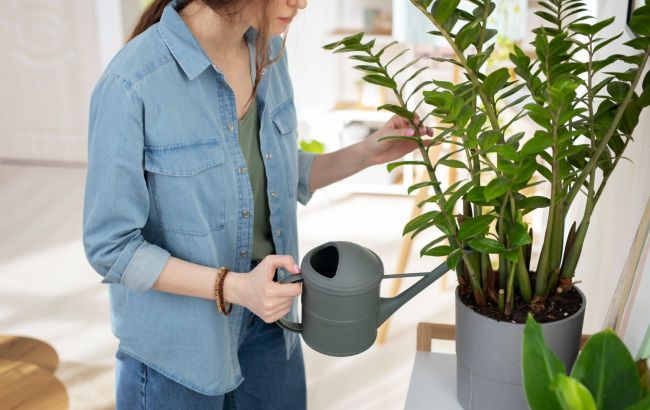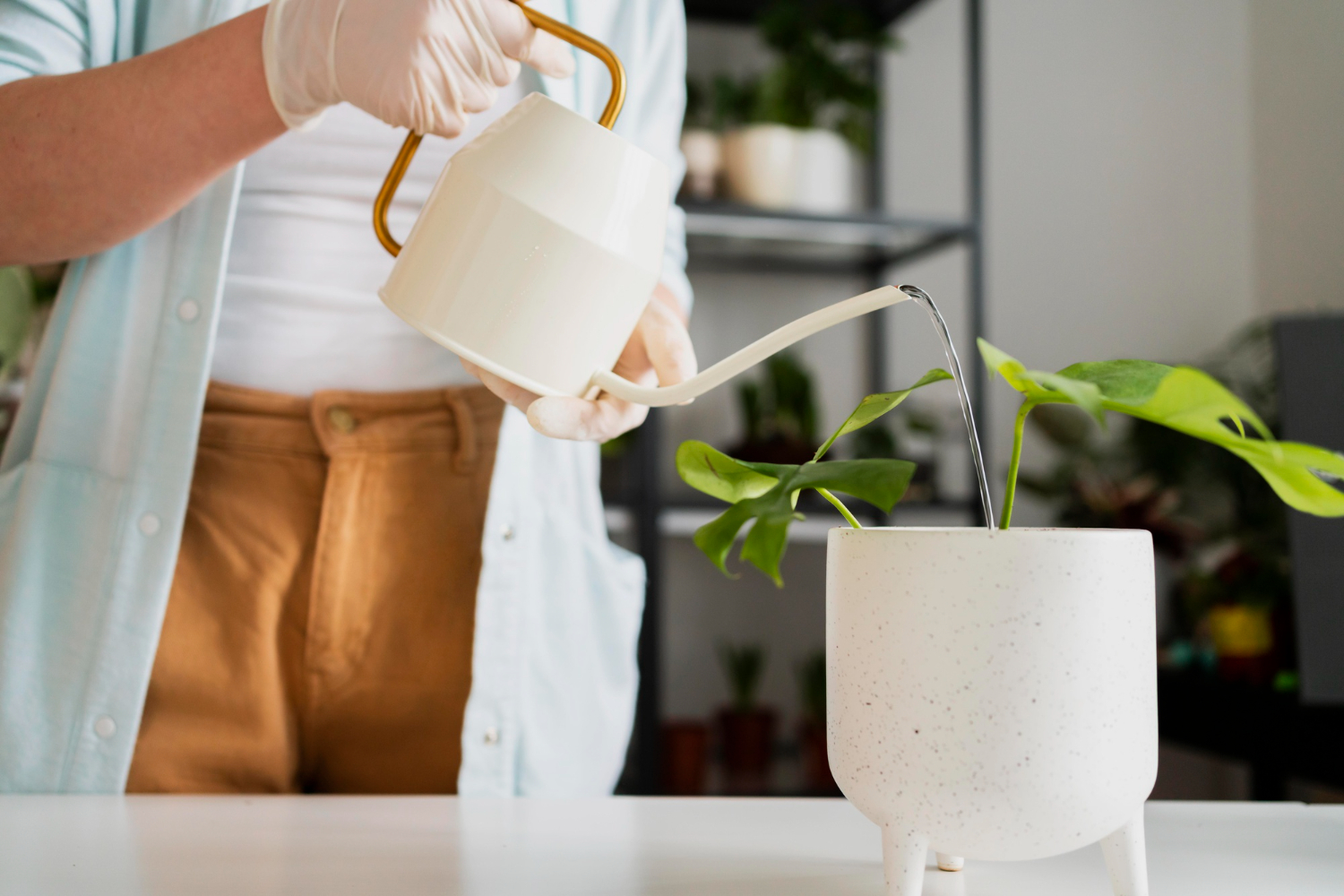6 key tips for watering plants
 How to best water plants at home (photo: Freepik)
How to best water plants at home (photo: Freepik)
Knowing how to properly water plants can significantly affect the growth of your leafy friends. For example, the same plant may require different amounts of water depending on whether it's in a sunny area or in partial shade, as well as its age, according to Real Simple.
Follow the best time for watering
It's best to water plants in the morning or evening, regardless of whether you water them weekly, daily, or twice a day. This is especially relevant for outdoor plants and helps avoid moisture loss from evaporation.
Since the soil is cooler in the morning, watering in the morning allows the water to penetrate the roots by noon. The same can be said for late evening watering.
Water young plants more often
Plants that have been in your home or garden for less than a year require more water than those that are already established.
Plan for more frequent watering for these plants, but be careful not to overwater them. The same rule applies to seedlings - they need even more water than young plants, up to twice a day.
Avoid overwatering
While plants love water, overwatering can be harmful. Add water to pots until it flows out of the drainage holes at the bottom.
Also, pots without drainage holes should have some protection against root rot, such as rocks or another moisture absorber at the bottom.
This way, you'll know that the soil and roots have access to water throughout the pot.

Avoid overwatering plants (photo: Freepik)
Avoid over-saturation by adding just enough water to make it drain from the bottom. If you come back later and the top of the soil is still moist, it's likely not yet time to water again.
Monitor the weather
Plants' water needs depend on the season. In winter, plants typically need less water as the days are shorter, and plants are in a resting phase.
In warmer weather (especially in spring), plan to water indoor plants once a week.
As temperatures rise in late spring and summer, leafy plants need more water because the heat causes moisture to evaporate before the plant can use it.
You may find that your plants need watering several times a week or even daily.
Water the soil specifically
While we often say watering plants, it's important to water the base of the plant (the soil), not the plant itself, not the leaves or flowers.
This ensures that the water goes where it's needed - to the roots. Watering the plant with water can lead to fungal diseases and even damage to the leaves.
Keep pots dry
Although it may seem counterintuitive, the bottom of the pot should be dry for the health of your plant. If pots are sitting in water (or are too often submerged in water), plants can develop root rot or die.
If you use saucers under pots to collect water and dirt, pour out the liquid after watering and after rain so the roots and soil stay moist, not soggy.

